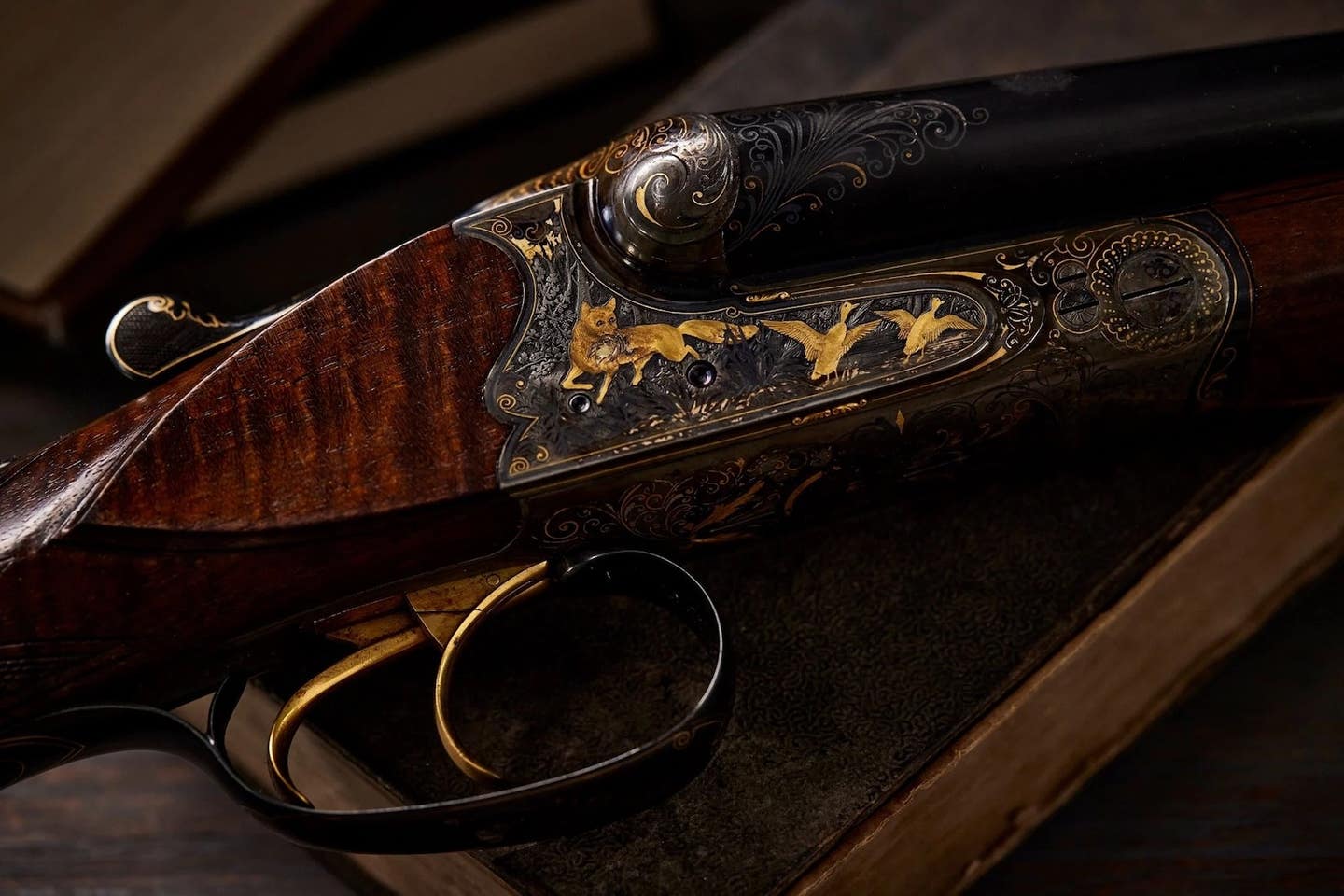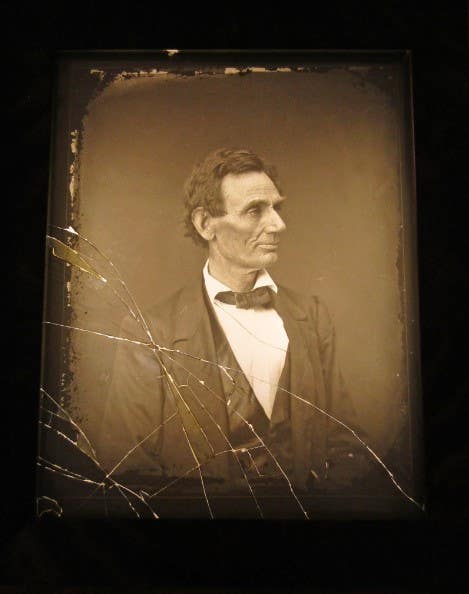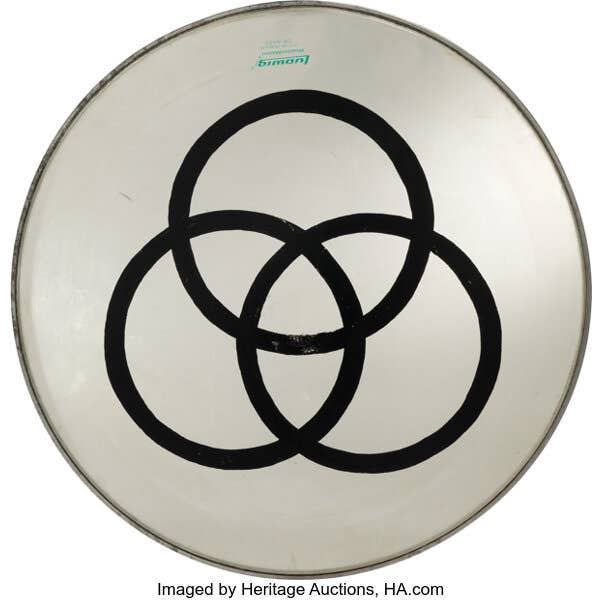How to speak French furniture
Fred Taylor’s introduction to Furniture French came when he and his wife were furnishing their first house. Learn about furniture pieces with French names.
The trail that lead to French furniture
Back in the Dark Ages of the 1970s my wife and I bought our first house. An old house built in 1928.
A big house.
And as apartment and dorm dwellers for many years, we had a very minuscule accumulation of furniture: the odd chair, a sewing machine cabinet and, of course, a homemade wine rack but little of real use.
After we moved into our new old house – in one trip in two cars – we realized we didn’t quite have enough “stuff” to fill that 2,400 square foot space.
What we especially didn’t have was furniture.
We furnished the bedroom from a junk store with what later turned out to be a pretty decent 1940s vintage Colonial Revival Federal style mahogany suite. Not bad for a first try for $90.
The next effort was less successful – the search for a dining table. We thought we really liked a modern style table from a Scandinavian type store but about two hours after delivery we had them pick it back up.
It just wasn’t us – and it also wasn’t the house. So we expanded our search, beginning with yard sales and garage sales.
One of the immediate needs was storage space. Like many houses of the 1920s our house did not have the luxury of modern closet space.
We needed a cabinet of some sort. We found such a cabinet not long after our search began. It was standing forlornly away from the rest of the yard sale so I had to search out the owner to ask the price since, of course, it was not marked.
“Oh,” he said. “You mean the price for the arm.”
No. I wanted the price for the cabinet. I didn’t even know what an "armwahr" was.
As it turned out neither did he because I later came to learn that the cabinet was, in truth, a chifferobe, not an armoire. That was my first introduction to "Furniture French." I would have to learn a lot more.
Shown are few Furniture French tidbits I have picked up along the way.
... Then of course finally there is the case of the French Fries but that is another story.
Visit Fred Taylor’s website at www.furnituredetective.com and check out the new downloadable “Common Sense Antiques” columns in .pdf format. His book, “How to be a Furniture Detective,” is now available for $18.95 plus $3 shipping. Send check or money order for $21.95 to Fred Taylor, PO Box 215, Crystal River, FL 34423. Fred and Gail Taylor’s DVD, “Identification of Older & Antique Furniture,” ($17 + $3 S&H) is also available. For more information call (800) 387-6377 (9 a.m.-4 p.m. Eastern, M-F only), fax 352-563-2916, or e-mail info@furnituredetective.com.
AntiqueTrader.com is a participant in the Amazon Services LLC Associates Program, an affiliate advertising program designed to provide a means for sites to earn advertising fees by advertising and linking to Amazon.com and affiliated websites.
With more than 30 in the antique furniture business, Fred Taylor is a household name when it comes to the practical methods of identifying older and antique furniture: construction techniques; construction materials; and style.








